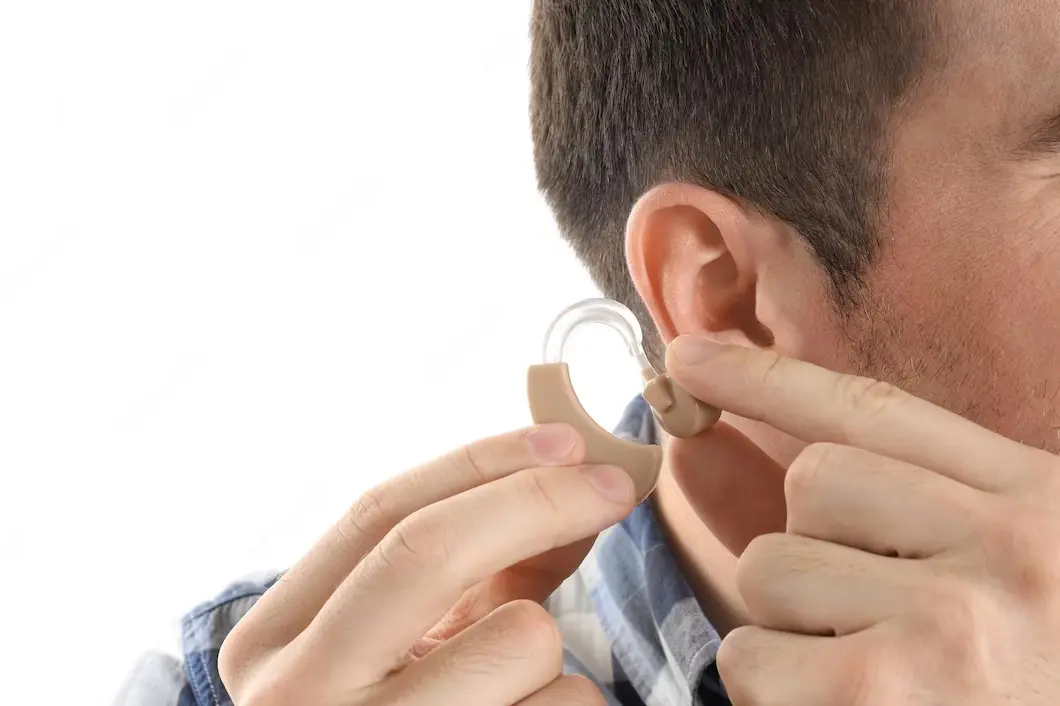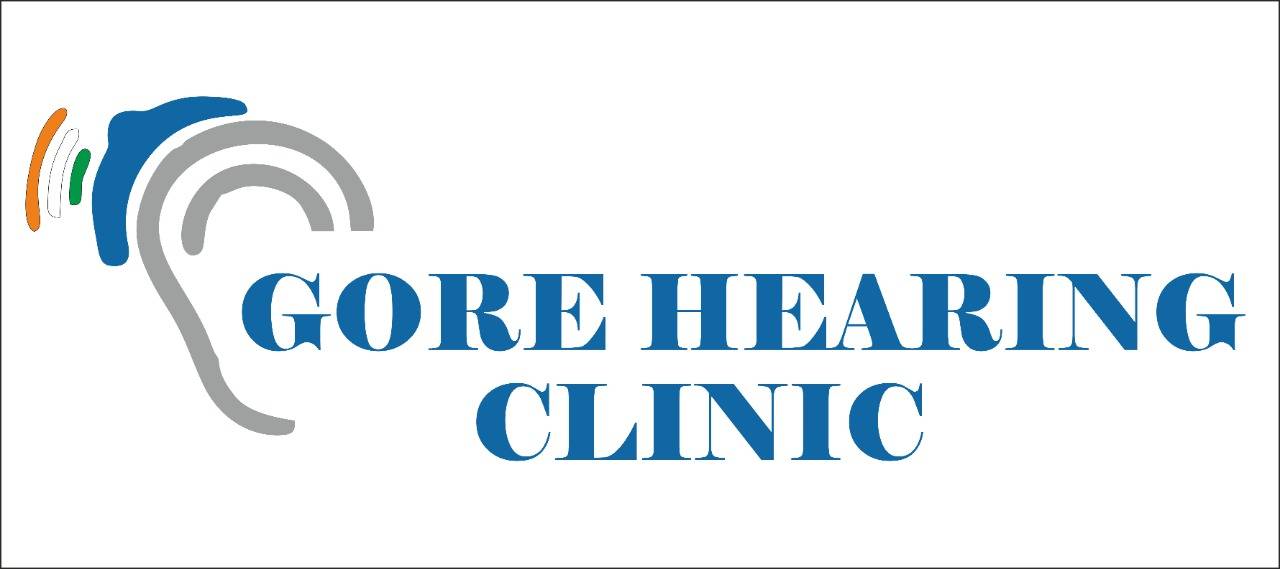The most popular method of treating hearing loss is using hearing aids. These tiny, custom-fit, digitally-programmed, and personalised hearing aids are worn by millions of individuals every day. If you depend on hearing aids to maintain your hearing at all times, you are aware of how crucial it is to identify and resolve troubleshooting issues.
Hearing Aid Problems:

Few problems that hearing aid users frequently run into are as follows:
- Blockage due to moisture in the air
- My hearing aids are “dead” since they aren’t making any sound due to deposition of wax in them .
- The volume of my hearing aids is inadequate due to the breaking of the tube or wire of the hearing aids.
- I can hear “whistling” or feedback coming from my hearing aids which is because of earwax get deposited.
- My hearing aids make “funny” or distorted noises.
Below are highlighted troubleshooting steps for some typical problems. The simplest fixes were placed at the top of the checklists in order. If you can’t fix your hearing aids yourself, you may need to consult a hearing care specialist to learn how to have them fixed or cleaned.
5 Reasons Your Hearing Aids Not Working
1. Blockage due to moisture in the air
A lot of Moisture is present in the air when it’s raining outside or else if you feel sweaty frequently that sweat can go into your hearing machine and could further damage the small parts of your hearing aid machine. Also, water has a combination of sodium and chloride which could interfere with the electrical signal or the circuit and damage the body parts of the hearing aids machine.
If you want to avoid the moisture in the machine you should opt for a dehumidifier box so that silicon granules present in that dehumidifier can easily absorb all the moisture and your machine should get dry which ultimately increases its life. That’s the reason you should at least a night a week put in your machine in that dehumidifier.
Consider few points:
- Examine the hearing aid visually. Is earwax obstructing the sound exit or microphone opening? Clear away any material with care. Contact your hearing care provider if there is obvious damage to the hearing aid.
- Ensure that your hearing aid is on. Make sure the charging unit is plugged in and that you are docking your hearing aids properly if yours are rechargeable. Make sure the battery door is properly shutting if your hearing aids run on disposable batteries. The battery is probably upside down if the battery door is difficult to close. Remove the battery, flip it, then try putting it once more. The door will close smoothly if it is set correctly.
- Increase the volume using the hearing aid app or the actual hearing aid. If youIf your volume control is manual, turn the wheel up and down a few times to make sure it is fully on.
- Switch between the personal recollections or programmes. whether there is a button to alter the settings, press it and then wait a little to hear whether anything has changed.
- If the batteries are thrown away, it could be time to change them. Before turning on a new battery by removing the sticker, check the voltage of the old battery using a hearing aid battery tester to make sure it is dead. Wait two minutes before putting fresh batteries in your hearing aids after removing the sticker to activate them so that air can activate them.
- Since most hearing aids are not waterproof, think about whether they might be harmed, especially if you got them wet. For more help, speak to a hearing care specialist. They might provide same-day appointments or walk-in hours for troubleshooting and hearing aid repairs.
2. Deposition of wax
Whenever your receiver (which is present inside your ear) or microphone gets stuck with dust or wax from which the actual sound is transmitted to your ear canal when there is a blockage in this passage or even if there is a possibility of such problems your canal gets blocked completely, and you won’t be able to Hera out sound from the machine or its parts.
Similarly, if they’re is your microphones should be cleaned once a week for their longer life because some parts that gets damage will be corrected by audiologists by renew the filter of the machine but not the micropbones. Damage to microphone will only be sorted after sending them back to the labs.
Consider few points:
- Examine the hearing loss aids visually. Is earwax obstructing the sound exit or microphone opening? If you use a behind-the-ear (BTE) hearing aid design that includes an earmold and tubing, check the tubing for any cracks, obstructions, or moisture beads. If you require assistance changing the tubes, filters, or domes, get in touch with your hearing centre. For troubleshooting and repairs, they may have walk-in hours or same-day appointments.
- Boost the volume on your app or the hearing aid directly. Make sure you can hear the volume changing by repeatedly turning the manual volume control wheel up and down if you have one.
3. Breaking of the tube or wire of the hearing aids
Earmould or any cable that reaches the recievers end if incase gets damaged or if their is any breakage so will hamper the conduction of the sound. So you need to handle these very gently .
If there is any tear or break in the tube of the machine immediately action is required and you need to send the damaged reciever to the lab.
Consider few points:
- Lower the volume: There might be too much sound escaping out through the vent or around the earmold if the hearing aids are properly installed and stop whistling when you lower the level. Your hearing care specialist might need to alter the fit.Visit your doctor or hearing care specialist to have your ears properly cleaned if you believe earwax may be blocking your ear canals. In order to hear through the earwax and leak out more sound than usual, you can turn up the volume more than usual. Alternatively, sound can bounce off any obstruction in your ear canal and leak back out.
- If you use a behind-the-ear (BTE) hearing aid style with an earmold and tubing, make sure the tubing is completely linked to the hearing aid and the earmold and check to see if it has grown hard, brittle or broken. Any of these problems can result in feedback. If it has, speak with a hearing care specialist about getting a new tube.
4. Earwax deposition
Whenever wax deposition occur it naturally is thrown out of the ear but if you are using machines natural cleaning mechanism just stop so earwax gets deposited inside your ear or else machine stops working properly and there is issue in the feedback of the machine in this scenario you must give a visit to the audiologists in order to examine your ear and your ear machine properly.
Consider few points:
- Remove your hearing aids and attempt reinserting them if they are whistling while in your ears. They might not have been put in correctly.
- Your hearing aids’ fit might have changed if you just underwent a significant weight loss. Your hearing care specialist can assess the new fit and decide if they can resolve the problem in-office or if your hearing aids or earmolds need to be custom-made.
5. Hearing issue
Your hearing may get hampered even after you use your Hearing Aid and the possible reason could be the comorbidities like diabetes, blood pressure issues, kidney-related problems, ear infection, loud noises, the normal aging process, etc. so if these condition exists then your hearing may be altered, so audiologists may help you, in that case, my altering the tuning of your machine and can help you hear smoothly.
Consider few points:
- Examine the battery contacts if you use reusable, detachable batteries. The battery is connected to these tiny metal prongs when the door is closed. They’re rusted, right? If so, you should repeatedly open and shut the battery box to clean the contacts. Check to see if the sound has improved after changing the battery. The battery contacts can also be cleaned by your hearing care specialist. Do they seem to connect to the battery? You might see extremely little scratches on the surface of a used battery if they are placed, so they would make contact.
- Change your programme or memory. It’s possible that you unintentionally selected a wireless configuration designed for use with an assistive listening device.
- Look into the possibility that the hearing aids are damaged. For more help, speak to a hearing care specialist. They might provide same-day appointments or walk-in hours for troubleshooting and hearing aid repairs.
When to seek expert advice:
Consult a hearing healthcare specialist for assistance if you face this troubleshooting and your hearing aids are not working. Your hearing specialist can also take care of any manufacturer repairs that are required for either one or both of your hearing aids. If so, speak with your hearing healthcare professional about the potential of a hearing aid.

